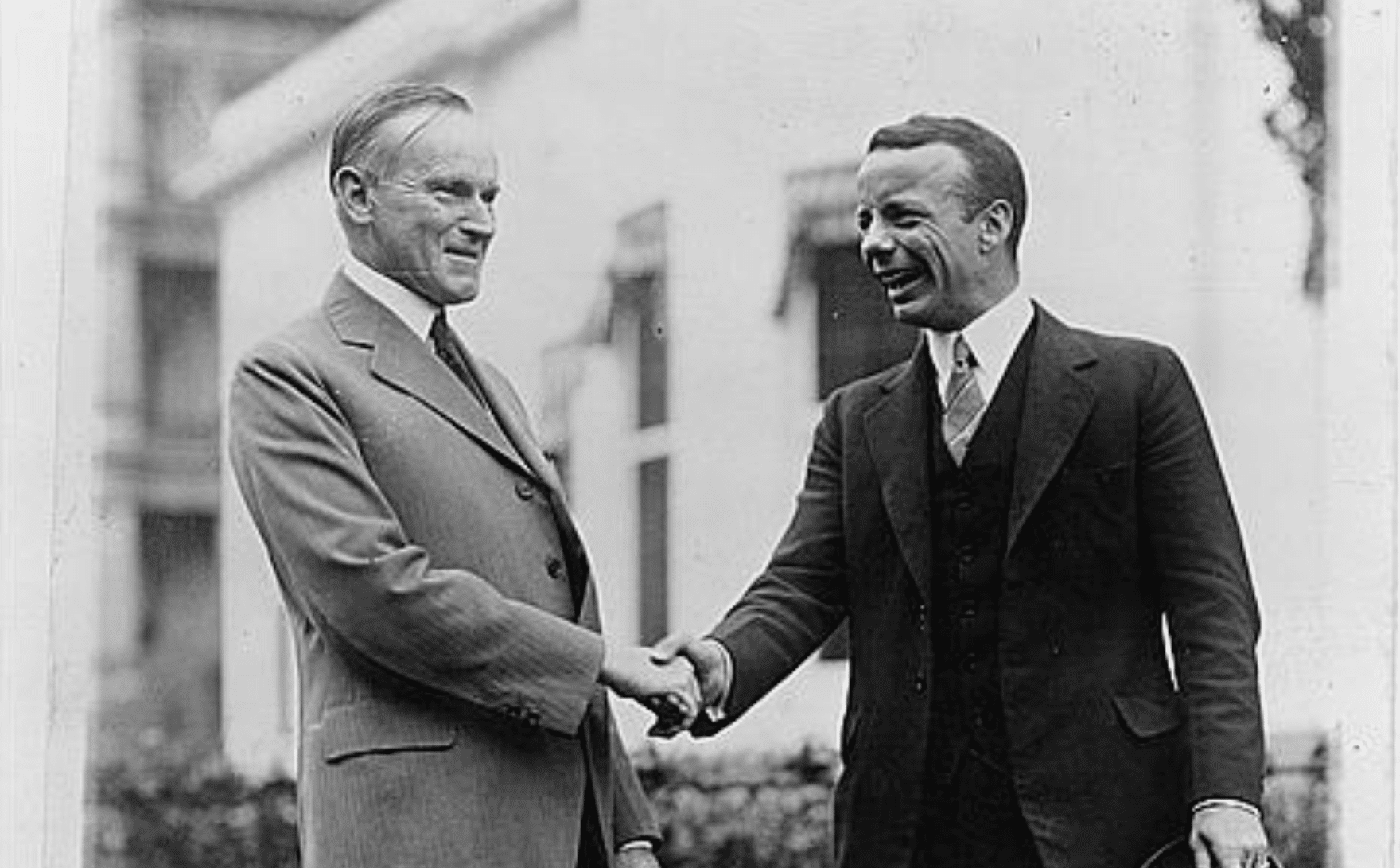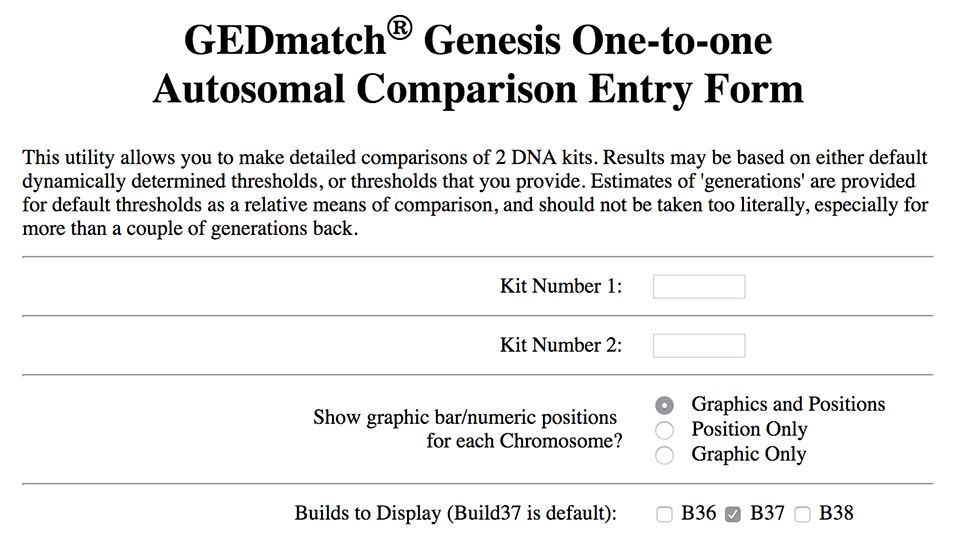

In short, my friend’s great-grandfather’s Native American ancestor could have had ancestors from Europe. Most of these people were farmers, descendants of European immigrants or immigrants themselves. His great-grandfather was born 226 years after the arrival of the first European to the area, a French explorer by the name of Jean Nicolet.īy 1846, about twenty years before my friend’s ancestor was born, the population of Wisconsin was about 155,000. My friend with the Native American ancestry from Wisconsin that I mentioned at the beginning of this post could trace his great-grandfather back to about 1860. Researching the history and the migration patterns of where where your family lived can provide helpful insight into our ethnicity estimates, especially when they reveal surprises. The exact nature of such “mingling” and the groups to which people likely belonged will depend on the exact region where your ancestors were from. When groups of people live in close geographic proximity with each other, it is inevitable that there will be mingling between individual members of the groups. There have been people from Europe, Africa, and Asia living on the North and South American continents for more than five hundred years. In other words, your Native American ancestor may have had recent or distant ancestors who were European, Africa, or even Asian, and Native American. It’s possible, and even probable, that your most recent known Native American ancestor had ancestry from other regions of the world. This is the most common explanation, and is especially applicable to those who have very distant Native American heritage.īut what if your grandparent or great-grandparent was Native American? How can we explain no DNA from this region showing up in your results? Native American ancestor had DNA from other regions

If we imagine this process occurring every generation, essentially with 50% of a person’s DNA getting “left behind” (not getting passed down), we can easily imagine a scenario where someone simply did not inherit any DNA from their Native American ancestor. Most of the DNA that we inherit from our parents will can be matched with regions on the Ancestry DNA test, like the Indigenous Americas region. The exact 50% from each parent is selected at random through a process called recombination. In addition, there is about a 5% chance that we won’t share with some of those 5th great-grandparents.Ī person inherits 50% of their mother’s DNA and 50% of their father’s. In fact, according to Ancestry DNA, after about seven generations, we probably only share about 1% of our DNA with any specific great-great-great-great-great grandparent. What is the meaning of this? We don’t – can‘t – share DNA with every single one of ancestors because our genome isn’t big enough. This can happen even if the ancestor really was Native American.

The most common reason that someone with Native American ancestry does not see this on their Ancestry DNA results is that they did not inherited any Native American DNA. There are many reasons for this.īelow, find the three main explanations that we can turn to when our Ancestry DNA results don’t show Native American when we were expecting them to.ĭNA was not inherited from Native American ancestor Our DNA does not exactly match our family tree, which means that our DNA results may not show ancestry that we know we have. Why didn’t evidence of your Native American, or American Indian, ancestry show up on your Ancestry DNA results? There are some easy explanations for this phenomenon. Reasons Why Native American Didn’t Show up on Your Ancestry DNA Results What in the world was going on? Why was his Native American DNA not showing up? My friend was very disappointed, to say the least. His grandfather’s father was Native American, but his DNA results did not reflect this. Marriage and census records provided additional proof. We followed documentation to learn about his grandfather’s origins, which indeed did show him born on lands described as belonging to Native Americans. Genealogical records seemed to verify his family stories. Family stories, told to him by his father, pointed to his great-grandfather descending from the Ho-Chunk peoples of Wisconsin. A while back, I was trying to help an elderly friend, who is African American, understand why his Native American ancestors didn’t show up on his DNA results.


 0 kommentar(er)
0 kommentar(er)
